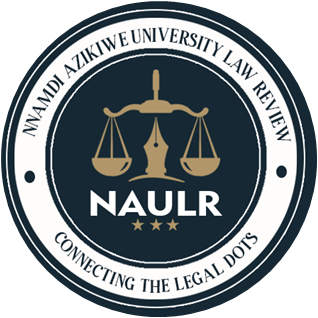BY
EMMANUEL IKEDINOBI
1.0. INTRODUCTION
The concept of Cross examination, like most concepts of law defies the art of absolute comprehension. For me, it is loaded with apparent contradictions that tend to negate its true objectives. But if one is equipped with the rules and principles— constant practice is an added advantage too—one may become a true expert in cross examination.
As a litigation lawyer, the ability to properly cross examine will be the largest weapon to your arsenal, even larger than your ability to speak fluently and persuasively. The same is applicable to a law student who is active in moot trials.
Now, the big question is—what is CROSS-EXAMINATION? The concept of cross examination means a lot of things; hence it has sometimes been described as an engine of truth, and a bulwark of liberty. Some say it is the most devastating weapon man has discovered, including things nuclear. It is non-violent substitute for the sword and gun. It is used everywhere in daily life, albeit in primitive forms. You have probably used it yourself, without being aware. It is used in virtually every walk of life where there is human communication. [1]
In the legal sense of it, cross-examination is done by the opposing party or his counsel. The object is to discredit the evidence-in-chief by showing from the witness’s mouth that he is unworthy of belief; to discredit a witness by demonstrating that his evidence is inconsistent with other testimonies; or to discredit another witness on the same side; or to extract facts favorable to the cross-examiner from the adverse party; and to give the court an advance notice of the theory of the cross examiner’s case.[2]
